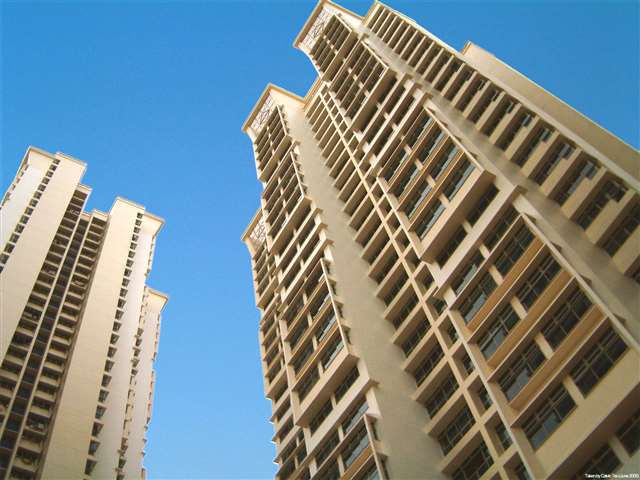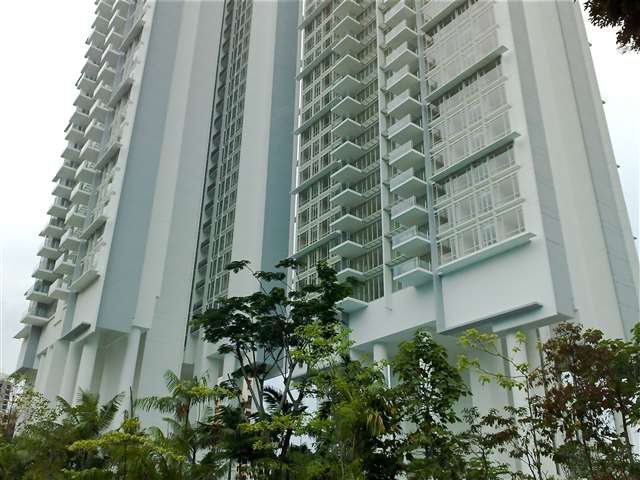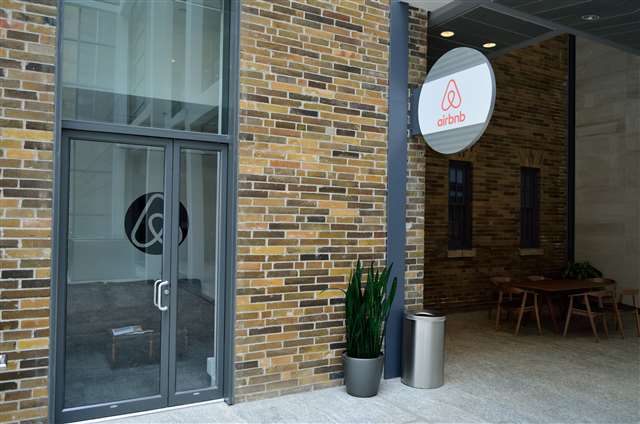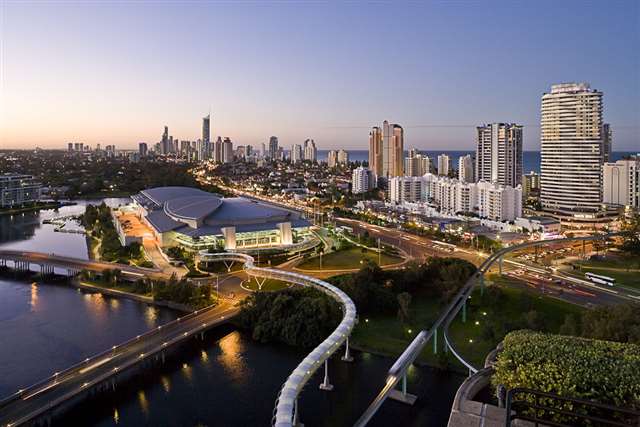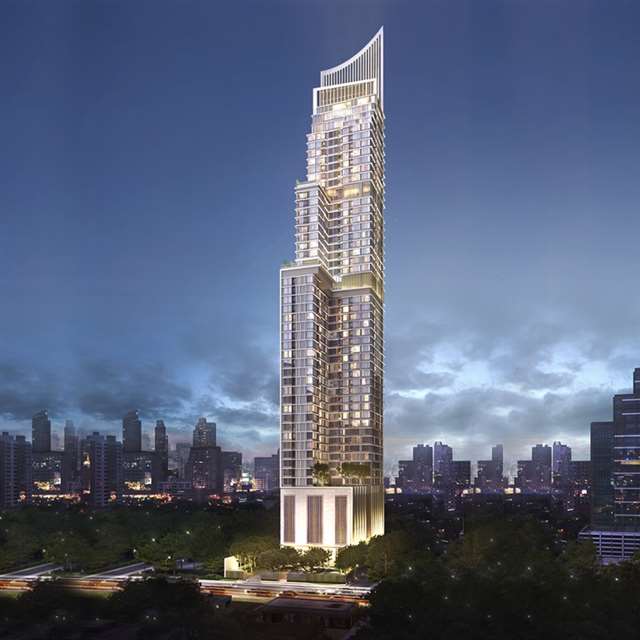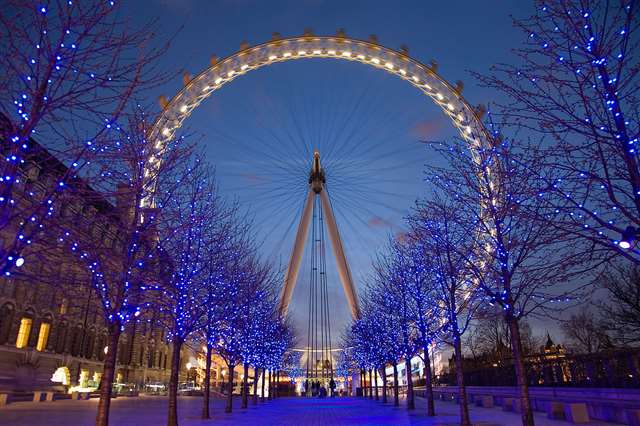Savills: Highest investment value in Q2 2015 since Q3 2013
Savills says that Q2 2015 saw a 65.7 per cent increase in property investment across the residential, industrial and commercial sectors, compared to the previous quarter—the highest since Q3 2013.
Within the residential sector, Savills observed that individual buyers continued to adopt a cautious approach, noting however the improvement in sales of residential properties worth above S$10 million. 29 residential homes were sold in Q2 2015 compared to 14 in Q1 2015, including notable deals like a Good Class Bungalow (GCB) at 35 Ridout Road that transacted at S$91.7 million, or S$1,251 psf of land area and a 13,875-sq ft penthouse unit at Le Nouvel Ardmore that transacted at S$51.0 million, or S$3,676 psf. The report stated that "market sentiment in the luxury residential segment is gradually looking up as cash-rich purchasers have switched their interests back to Singapore, seeing that prices have become more attractive compared with other destinations world-wide."
Home sales highly dependent on pricing and location
Market watchers told Channel NewsAsia that pricing and location remain key factors in closing home sales. Projects designed by world-renowned architects may also boost sales volume. Mr Nicholas Mak, Executive Director for Research & Consultancy at SLP International Property Consultants, cited prime locations near Orchard Road and Paterson Road as an example, noting that top-end architects may not be required for such projects.
Condominiums in the heartlands would also likely not require such architects, since mass market home-buyers are deemed to be very price sensitive and are only looking at affordability. Mr Mak said, "Most of the iconic architecture tends to be within the city fringe area and they may want to command a price higher than other competing projects within the neighbourhood."
An example of such a project is Sky Habitat at Bishan Central, the most recent designer condominium to be completed. The 99-year leasehold development commanded launch prices between S$1,650 and S$1,750 per square foot (psf) in April 2012, competing with condominiums located in the city. In June last year however, median transacted prices were approximately S$1,340 psf. About 140 units remained unsold as of June 2015.
OCBC expects cooling measures to be lifted soon
A trend study has pointed towards the partial lifting of cooling measures set by the Monetary Authority of Singapore (MAS). With prices dipping by 6.9 per cent and poor GDP figures in Q2 2015, analysts from OCBC believe that property loosening measures are in order. These predictions were made based on scenarios in 1997, 2001, and 2008, when a negative economic outlook and price declines in the housing market heralded the relaxation of cooling measures.
According to the report, the Additional Buyer Stamp Duty (ABSD) is most likely to be adjusted, given its direct impact on demand. While the government may also restrict government land sales (GLS), this is less likely as it would take comparatively much longer to impact the market and runs the risk of unintended, negative side effects on the banking system and create moral hazards for developers.
Mass market homes likely to see higher price corrections
Mass market home prices are expected to decline sharply as developers face rising interest rates, uncleared inventory and high vacancy rates. According to a Maybank Kim Eng report, mass market home prices have jumped 74.9 per cent since 2009 and have declined only 5.2 per cent so far. Luxury home prices in the Core Central Region on the other hand saw a smaller increase of 48.9 per cent since 2009, but have fallen more significantly, by 7.5 per cent.
Hong Kong: Strong foreign demand driving price increases
Hong Kong is expecting to see a significant increase in property sales despite cooling measures put in place by the government. As Hong Kong's buyers turn towards overseas property prospects, this is overcompensated by the influx of foreign demand, with the majority of buyers hailing from mainland China, looking for prime purchases. As such, property prices are expected to see a ten per cent hike in H2 2015. Hong Kong's cooling measures were introduced in response to residential market prices with a maximum 60 per cent loan-to-value ratio reaching an all-time high.
While homes valued under HK$7 million saw greater down payment requirements, new home sales were not impeded. On the contrary, sales jumped by a staggering 43 per cent, along with a seven per cent price increase. This has propagated concerns that the Hong Kong government may introduce new cooling measures to temper foreign demand.
Australia: Housing market cooling as banks tighten borrowing requirements
Banks have raised interest rates and raised loan-to-value ratio requirements as regulators strive to manage riskier investments in the housing market bubble. In response to a price hike of 29 per cent caused by the influx of Chinese investors and low mortgage rates, banking regulators raised banks' holding capital against mortgage losses from 17 to 25 per cent. Banks have also reduced the maximum loan amounts along with the acceptable sources of income for borrowing applicants. While a price collapse is unlikely, stricter loan-to-value rations will deter investors and manage market growth.
For more District Guides, you can head over to iProperty.com Singapore.
Savills says that Q2 2015 saw a 65.7 per cent increase in property investment across the residential, industrial and commercial sectors, compared to the previous quarter—the highest since Q3 2013.
Within the residential sector, Savills observed that individual buyers continued to adopt a cautious approach, noting however the improvement in sales of residential properties worth above S$10 million. 29 residential homes were sold in Q2 2015 compared to 14 in Q1 2015, including notable deals like a Good Class Bungalow (GCB) at 35 Ridout Road that transacted at S$91.7 million, or S$1,251 psf of land area and a 13,875-sq ft penthouse unit at Le Nouvel Ardmore that transacted at S$51.0 million, or S$3,676 psf. The report stated that "market sentiment in the luxury residential segment is gradually looking up as cash-rich purchasers have switched their interests back to Singapore, seeing that prices have become more attractive compared with other destinations world-wide."
Home sales highly dependent on pricing and location
Market watchers told Channel NewsAsia that pricing and location remain key factors in closing home sales. Projects designed by world-renowned architects may also boost sales volume. Mr Nicholas Mak, Executive Director for Research & Consultancy at SLP International Property Consultants, cited prime locations near Orchard Road and Paterson Road as an example, noting that top-end architects may not be required for such projects.
Condominiums in the heartlands would also likely not require such architects, since mass market home-buyers are deemed to be very price sensitive and are only looking at affordability. Mr Mak said, "Most of the iconic architecture tends to be within the city fringe area and they may want to command a price higher than other competing projects within the neighbourhood."
An example of such a project is Sky Habitat at Bishan Central, the most recent designer condominium to be completed. The 99-year leasehold development commanded launch prices between S$1,650 and S$1,750 per square foot (psf) in April 2012, competing with condominiums located in the city. In June last year however, median transacted prices were approximately S$1,340 psf. About 140 units remained unsold as of June 2015.
OCBC expects cooling measures to be lifted soon
A trend study has pointed towards the partial lifting of cooling measures set by the Monetary Authority of Singapore (MAS). With prices dipping by 6.9 per cent and poor GDP figures in Q2 2015, analysts from OCBC believe that property loosening measures are in order. These predictions were made based on scenarios in 1997, 2001, and 2008, when a negative economic outlook and price declines in the housing market heralded the relaxation of cooling measures.
According to the report, the Additional Buyer Stamp Duty (ABSD) is most likely to be adjusted, given its direct impact on demand. While the government may also restrict government land sales (GLS), this is less likely as it would take comparatively much longer to impact the market and runs the risk of unintended, negative side effects on the banking system and create moral hazards for developers.
Mass market homes likely to see higher price corrections
Mass market home prices are expected to decline sharply as developers face rising interest rates, uncleared inventory and high vacancy rates. According to a Maybank Kim Eng report, mass market home prices have jumped 74.9 per cent since 2009 and have declined only 5.2 per cent so far. Luxury home prices in the Core Central Region on the other hand saw a smaller increase of 48.9 per cent since 2009, but have fallen more significantly, by 7.5 per cent.
Hong Kong: Strong foreign demand driving price increases
Hong Kong is expecting to see a significant increase in property sales despite cooling measures put in place by the government. As Hong Kong's buyers turn towards overseas property prospects, this is overcompensated by the influx of foreign demand, with the majority of buyers hailing from mainland China, looking for prime purchases. As such, property prices are expected to see a ten per cent hike in H2 2015. Hong Kong's cooling measures were introduced in response to residential market prices with a maximum 60 per cent loan-to-value ratio reaching an all-time high.
While homes valued under HK$7 million saw greater down payment requirements, new home sales were not impeded. On the contrary, sales jumped by a staggering 43 per cent, along with a seven per cent price increase. This has propagated concerns that the Hong Kong government may introduce new cooling measures to temper foreign demand.
Australia: Housing market cooling as banks tighten borrowing requirements
Banks have raised interest rates and raised loan-to-value ratio requirements as regulators strive to manage riskier investments in the housing market bubble. In response to a price hike of 29 per cent caused by the influx of Chinese investors and low mortgage rates, banking regulators raised banks' holding capital against mortgage losses from 17 to 25 per cent. Banks have also reduced the maximum loan amounts along with the acceptable sources of income for borrowing applicants. While a price collapse is unlikely, stricter loan-to-value rations will deter investors and manage market growth.
For more District Guides, you can head over to iProperty.com Singapore.
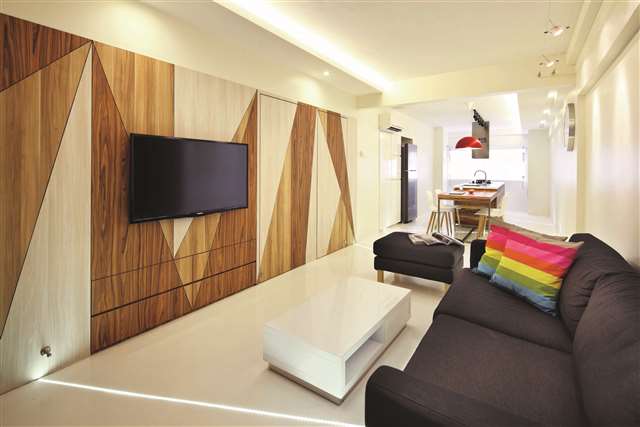
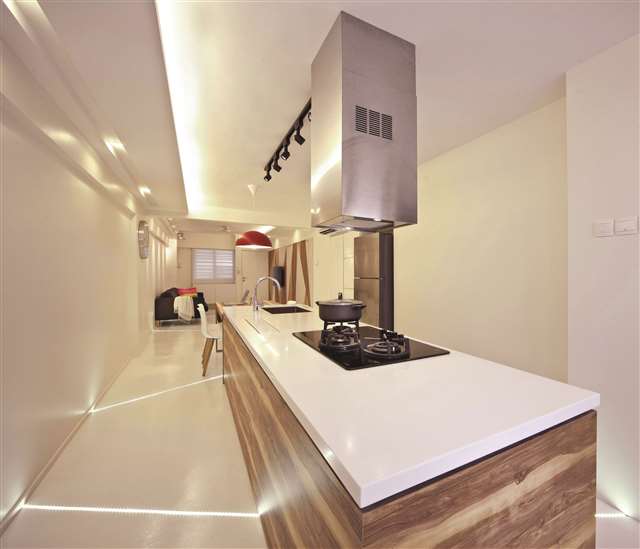
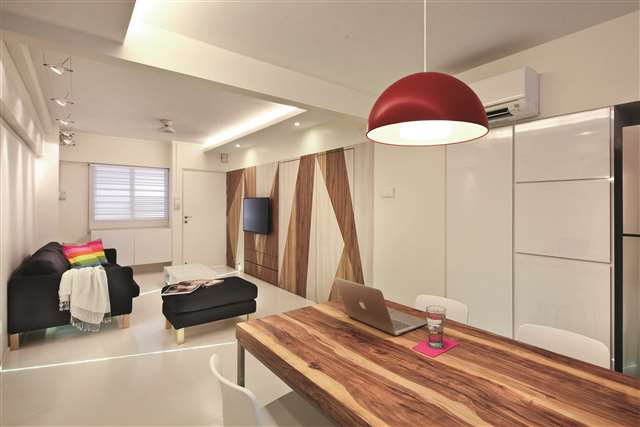
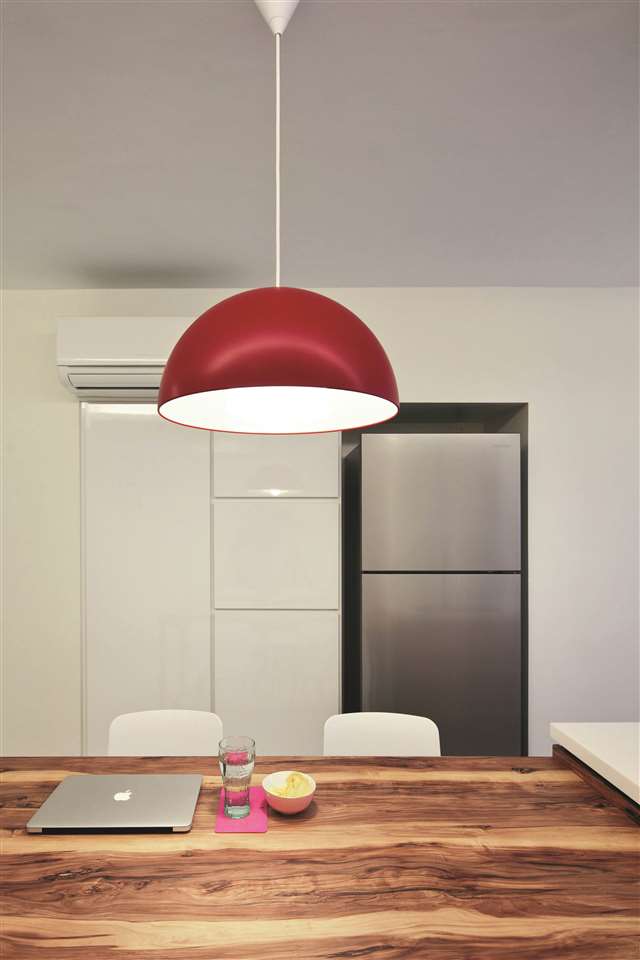
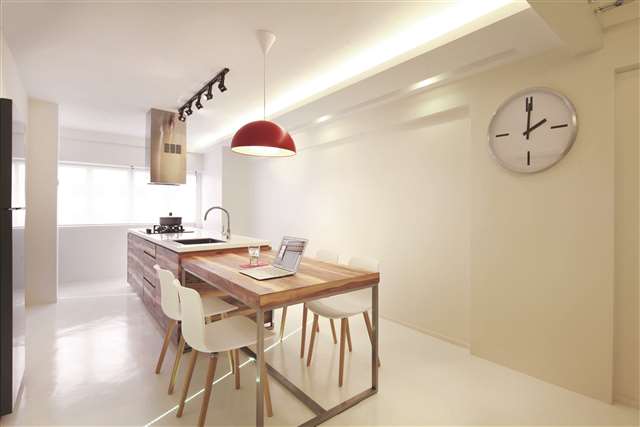
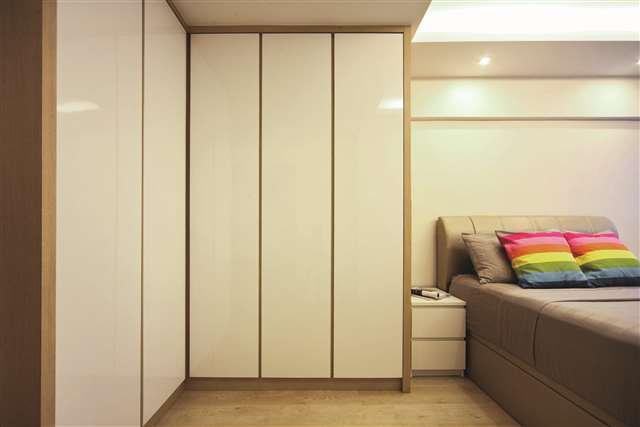















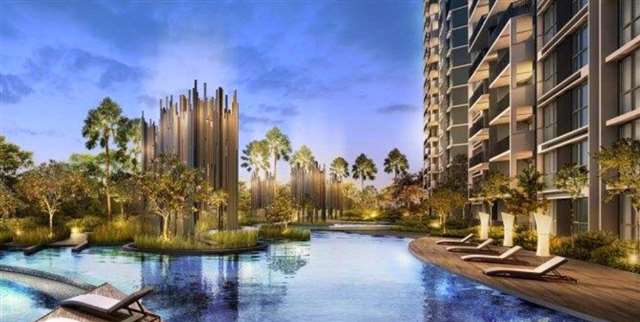
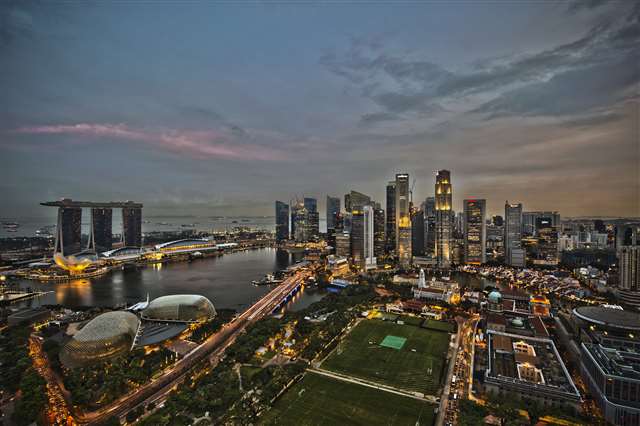
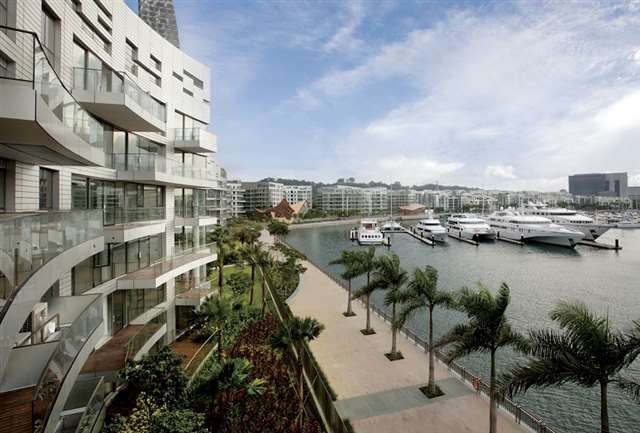
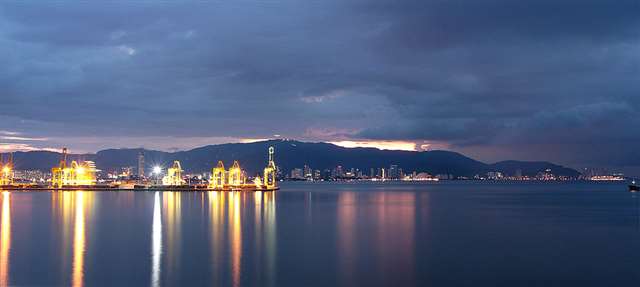
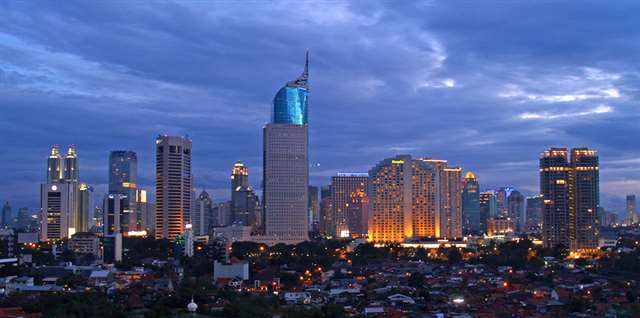


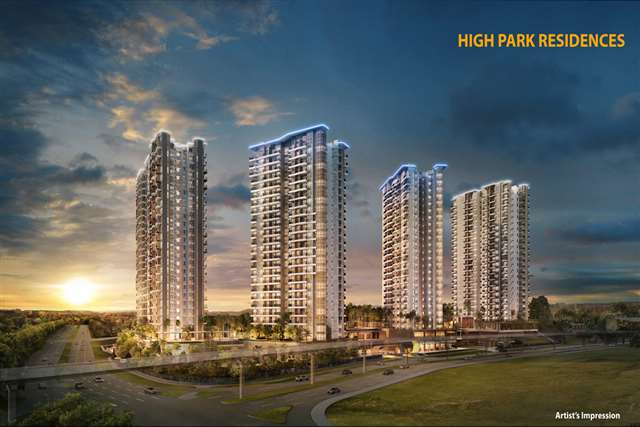
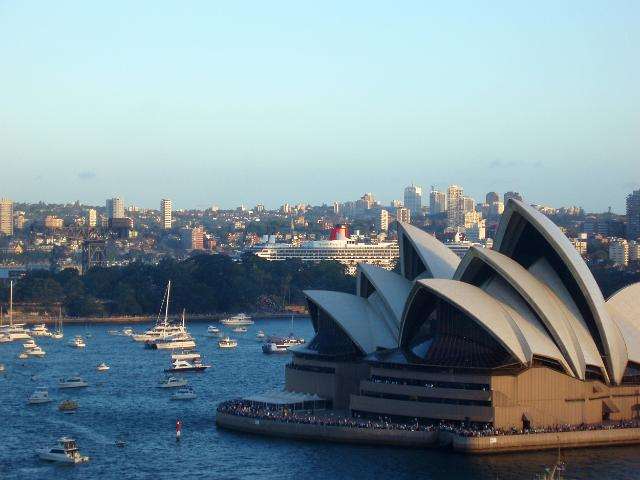
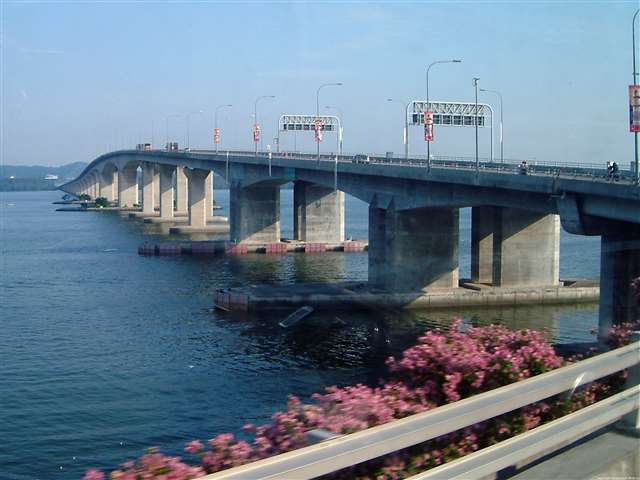





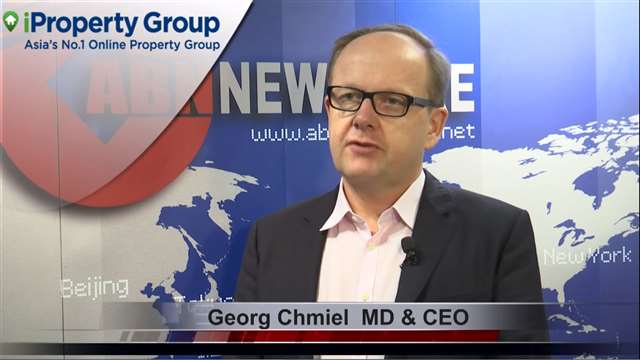
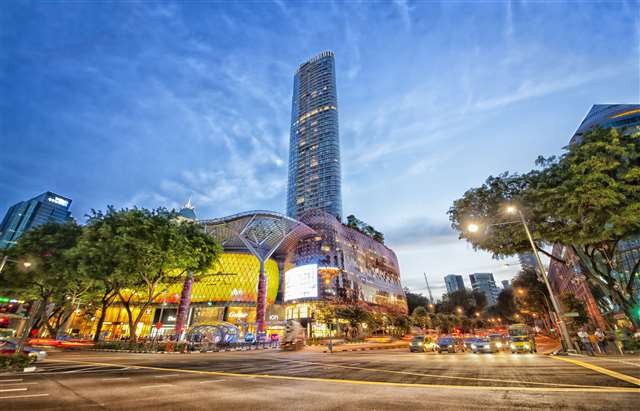

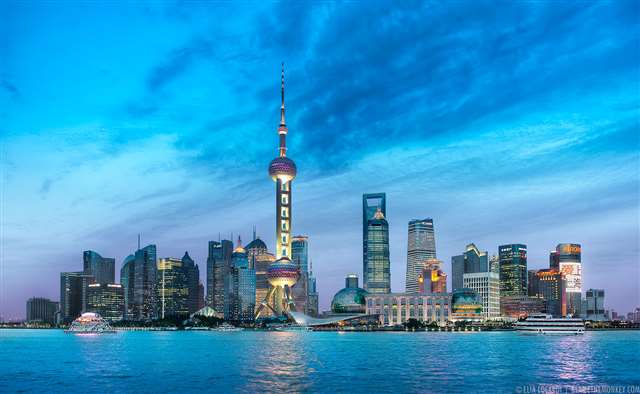
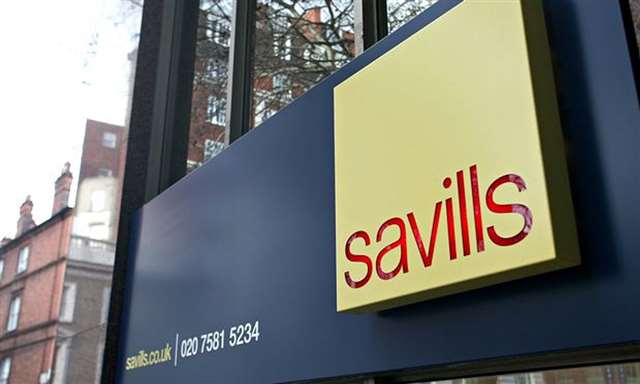





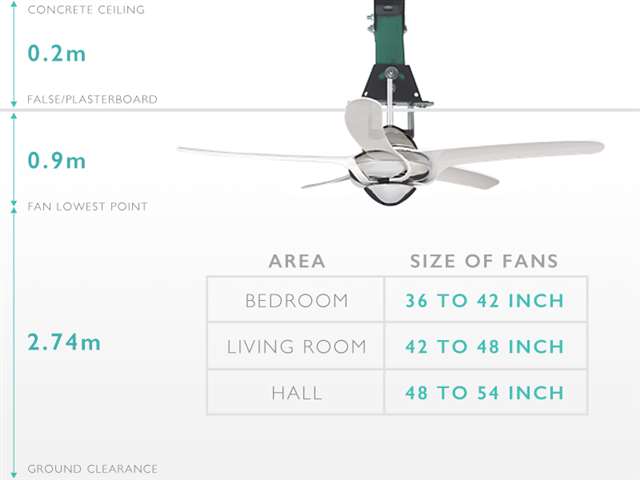 A general guide to choosing the right size of ceiling fan for your space by Air Wings Industries
A general guide to choosing the right size of ceiling fan for your space by Air Wings Industries










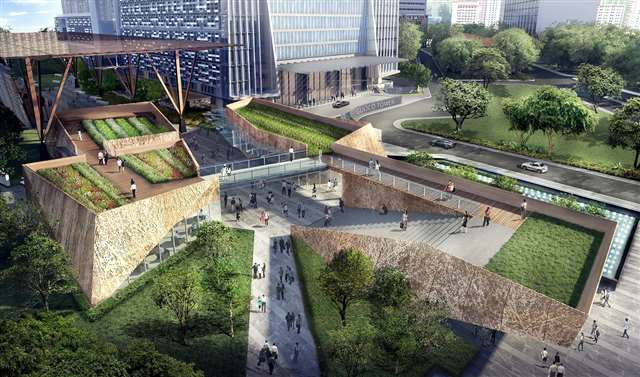


 "The Urban Park will be an ideal location to host public fitness events such as Zumba, yoga and other exercise sessions that will be held for free. This community outreach programme that will be organised by Tanjong Pagar Centre in collaboration with Virgin Active, will benefit the people working and living in the surrounding areas, and attract people to come and enjoy the great amenities at the Centre," added Mr Cheng.
"The Urban Park will be an ideal location to host public fitness events such as Zumba, yoga and other exercise sessions that will be held for free. This community outreach programme that will be organised by Tanjong Pagar Centre in collaboration with Virgin Active, will benefit the people working and living in the surrounding areas, and attract people to come and enjoy the great amenities at the Centre," added Mr Cheng.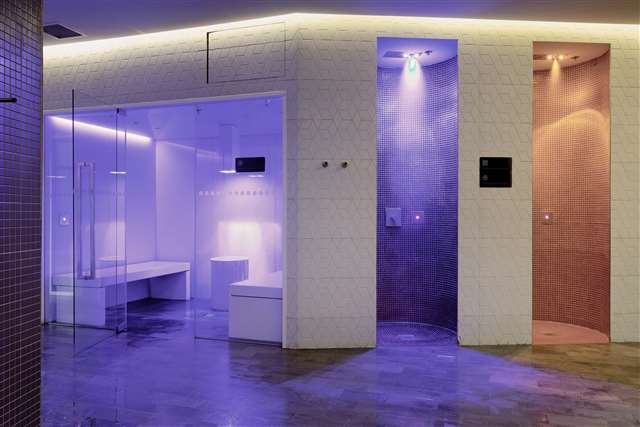 Featuring the latest technology and equipment all in one floor, Virgin Active's Tanjong Pagar Centre space will also set a new standard for lifestyle and fitness performance in this district. It will feature a $500,000 high altitude training studio which will simulate altitudes of up to 3,000 metres to improve the training benefit and a 200 sq m exercise studio that can accommodate up to 50 people. Both these studios will be the largest amongst Virgin Active's gyms in Asia. Members will also have access to a 30m swimming pool which is one of the longest of its size for a commercial gym in the CBD area.
Featuring the latest technology and equipment all in one floor, Virgin Active's Tanjong Pagar Centre space will also set a new standard for lifestyle and fitness performance in this district. It will feature a $500,000 high altitude training studio which will simulate altitudes of up to 3,000 metres to improve the training benefit and a 200 sq m exercise studio that can accommodate up to 50 people. Both these studios will be the largest amongst Virgin Active's gyms in Asia. Members will also have access to a 30m swimming pool which is one of the longest of its size for a commercial gym in the CBD area. 








